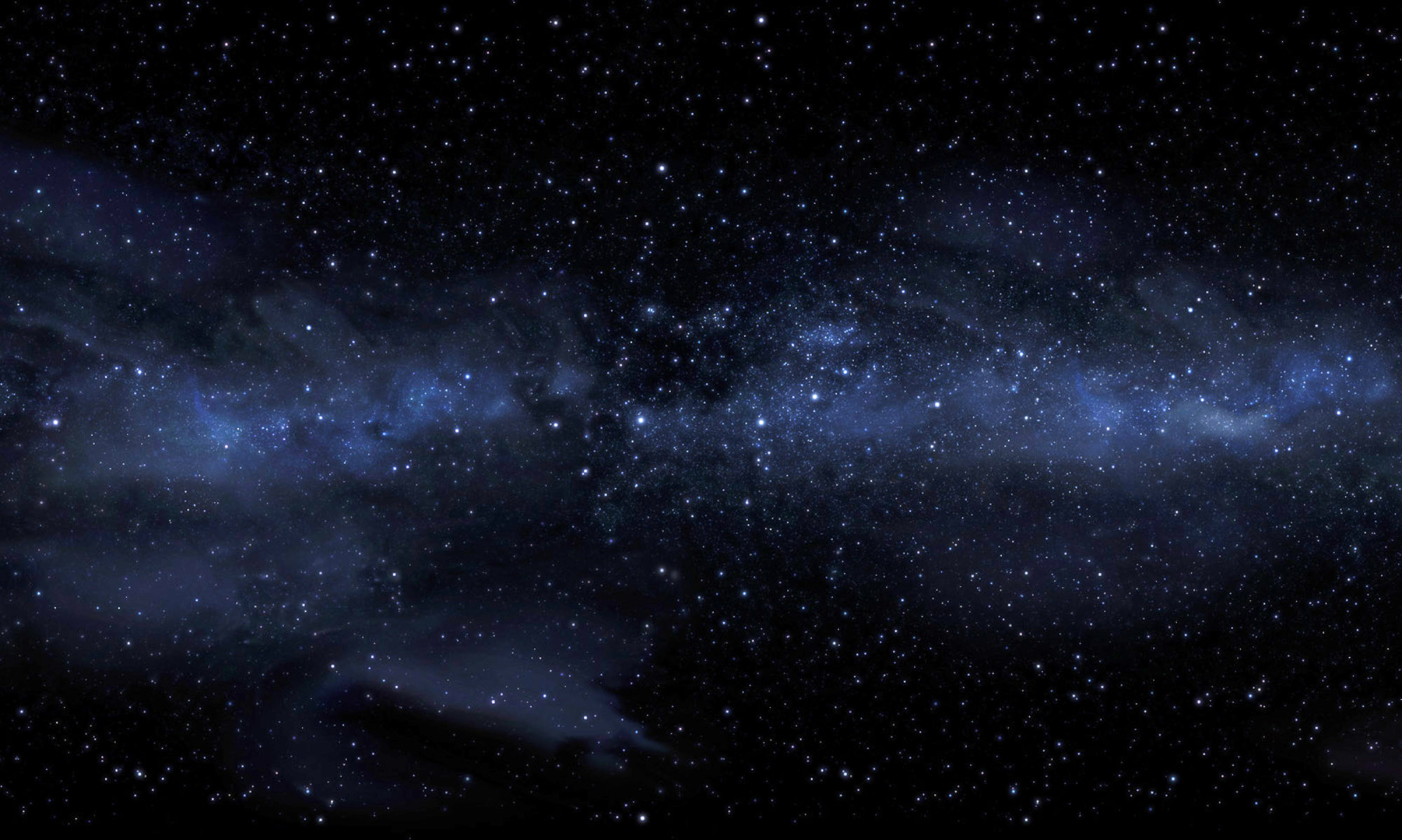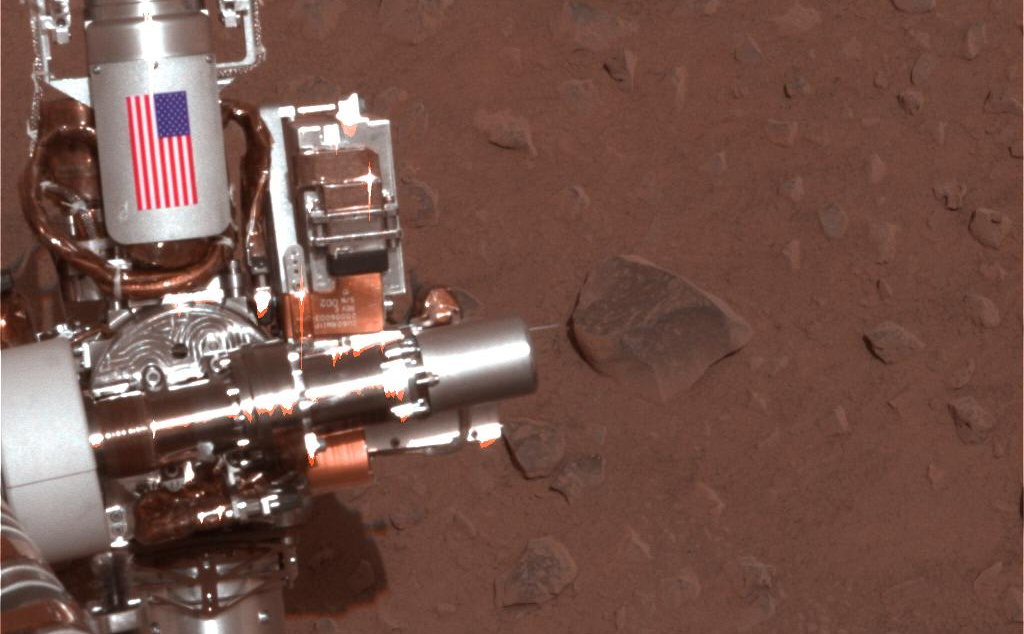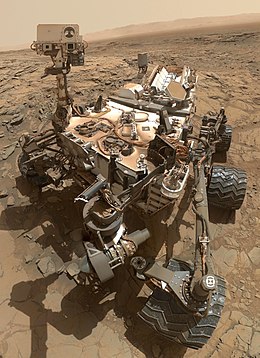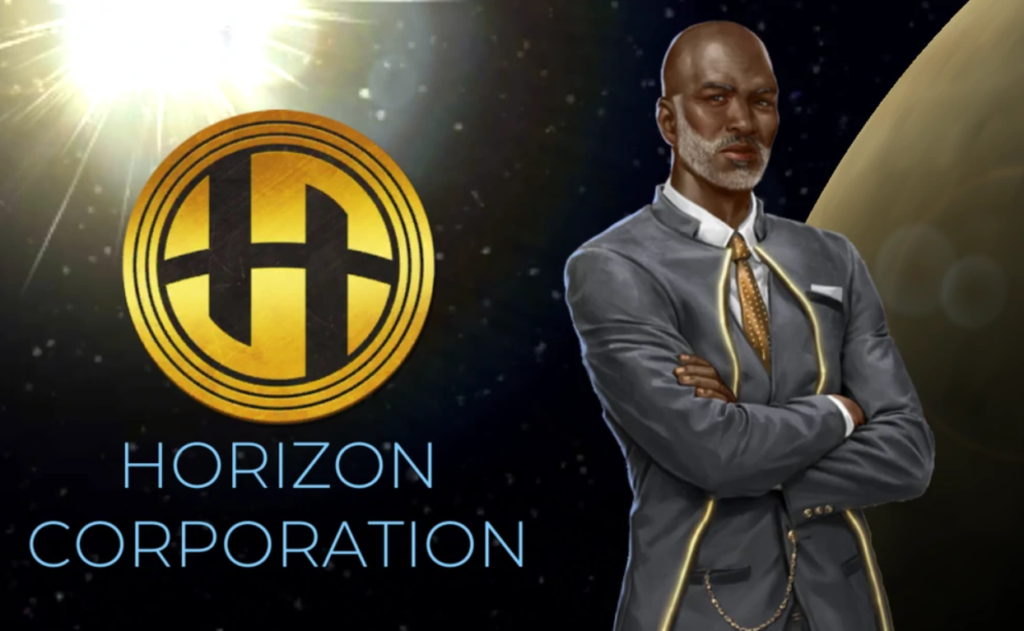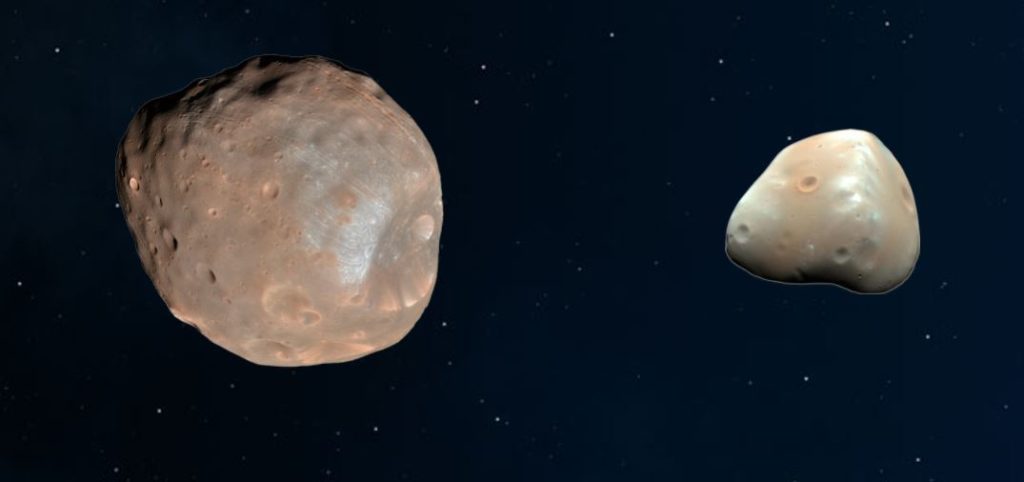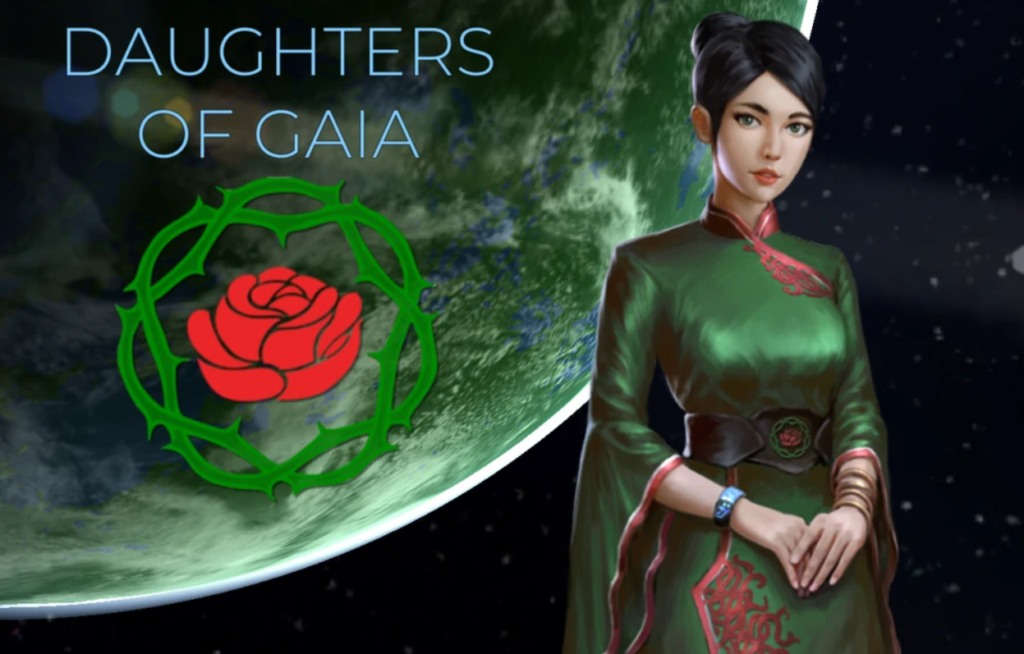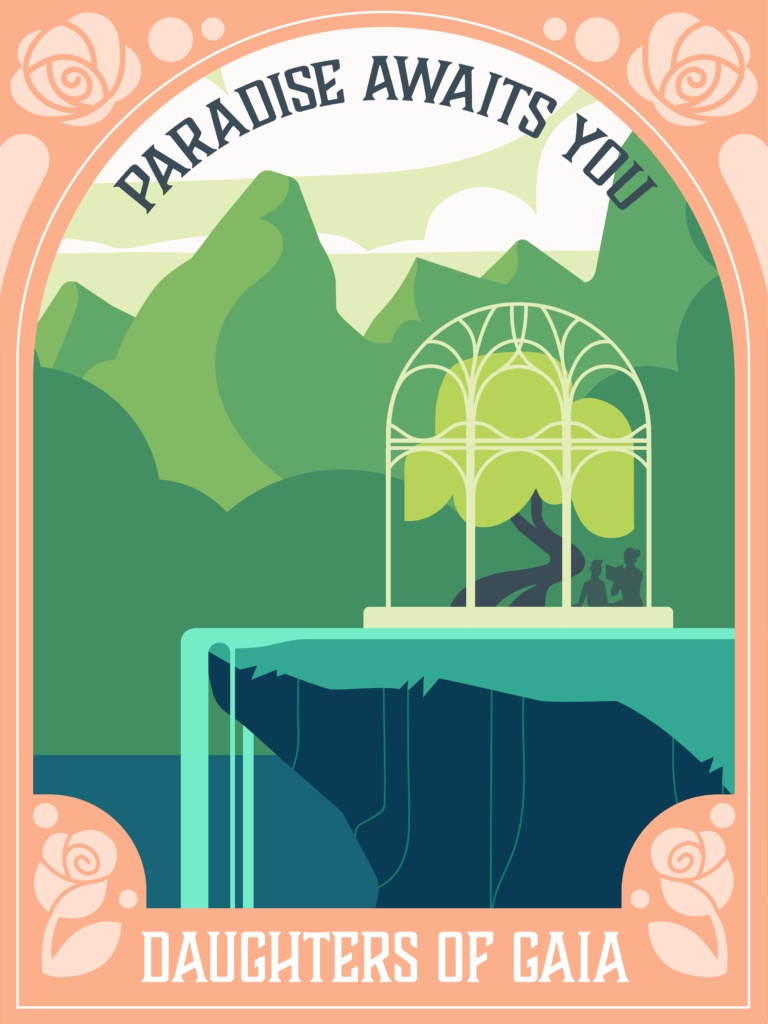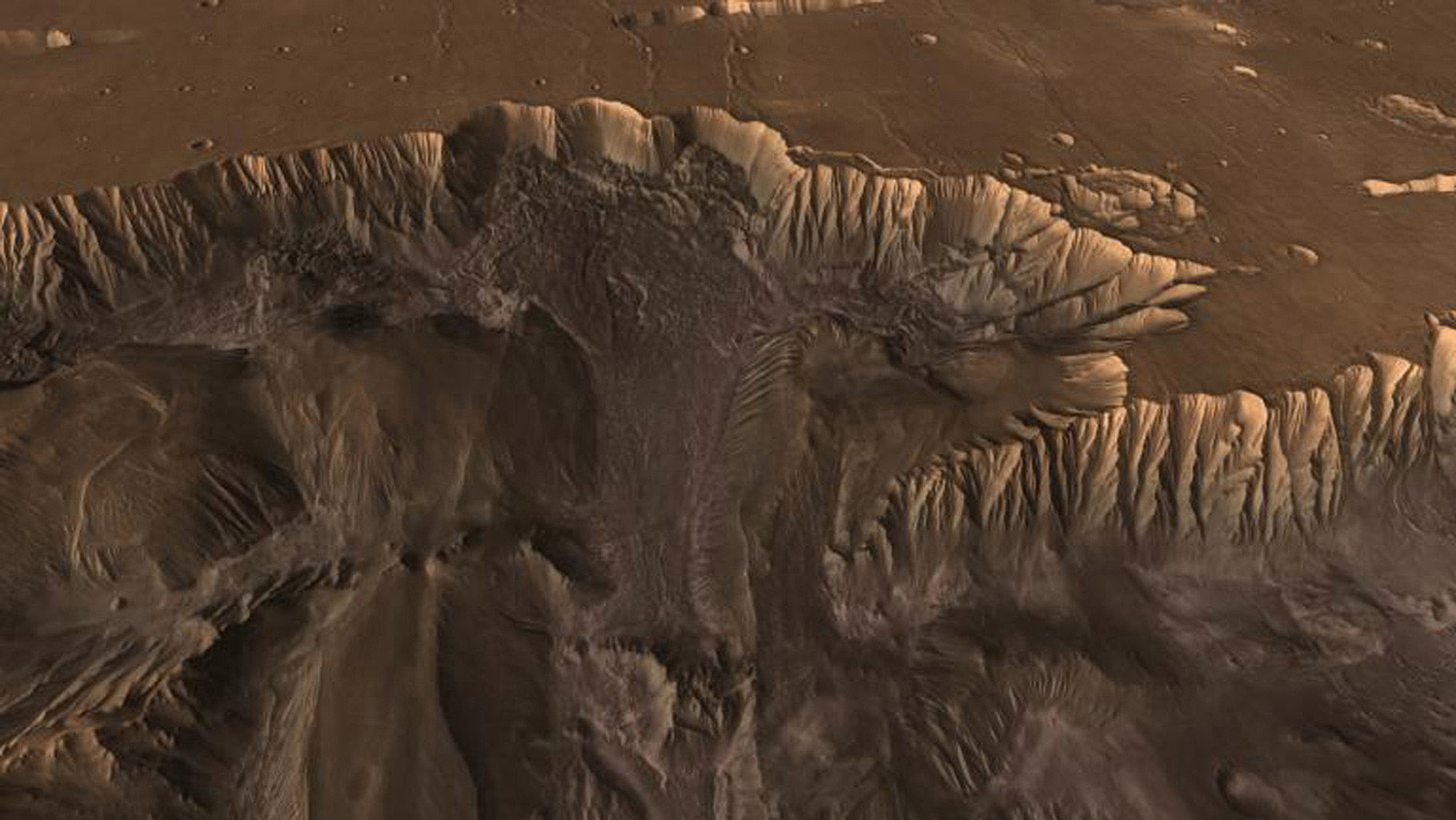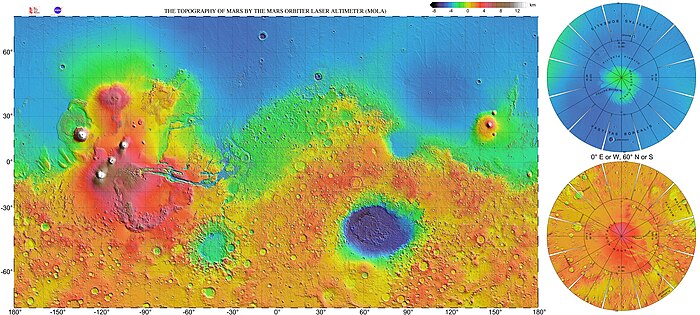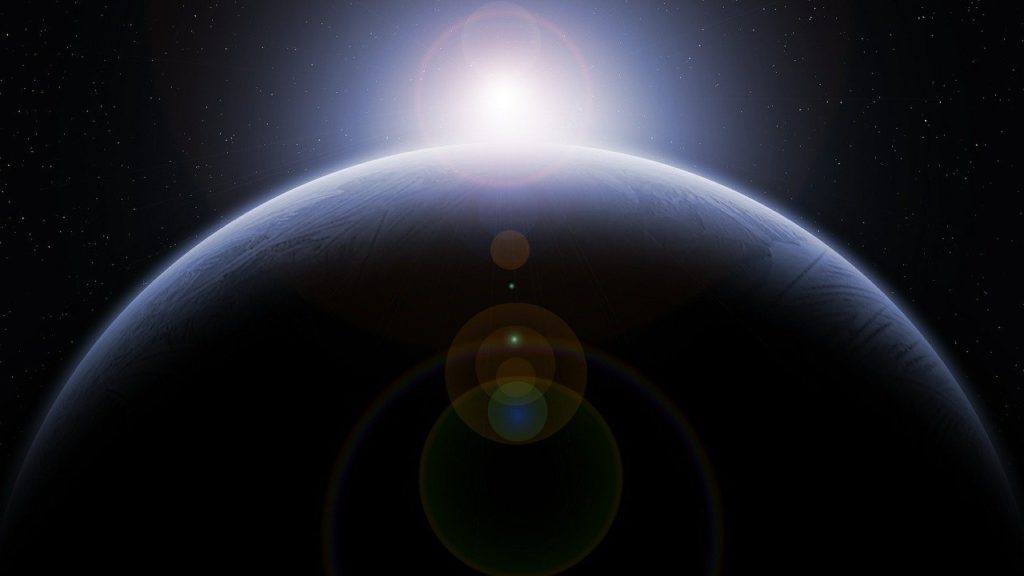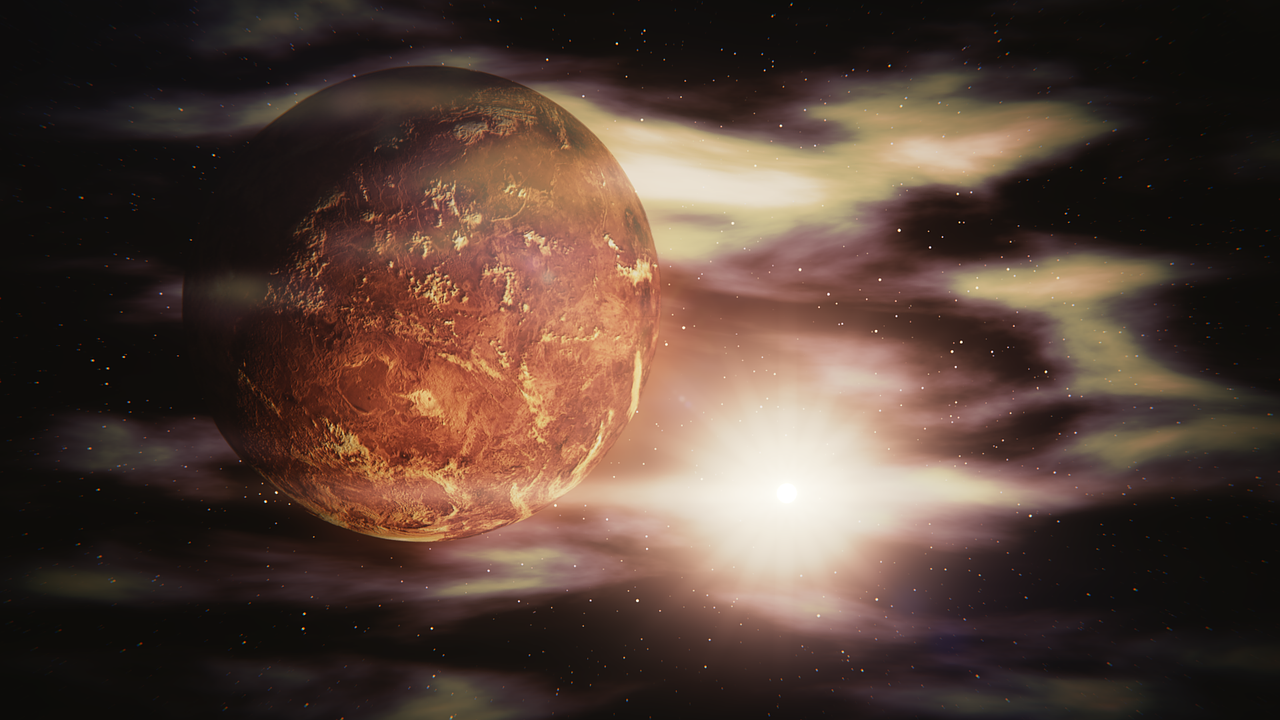Everything you need to know before visiting the biggest volcano in our solar system.
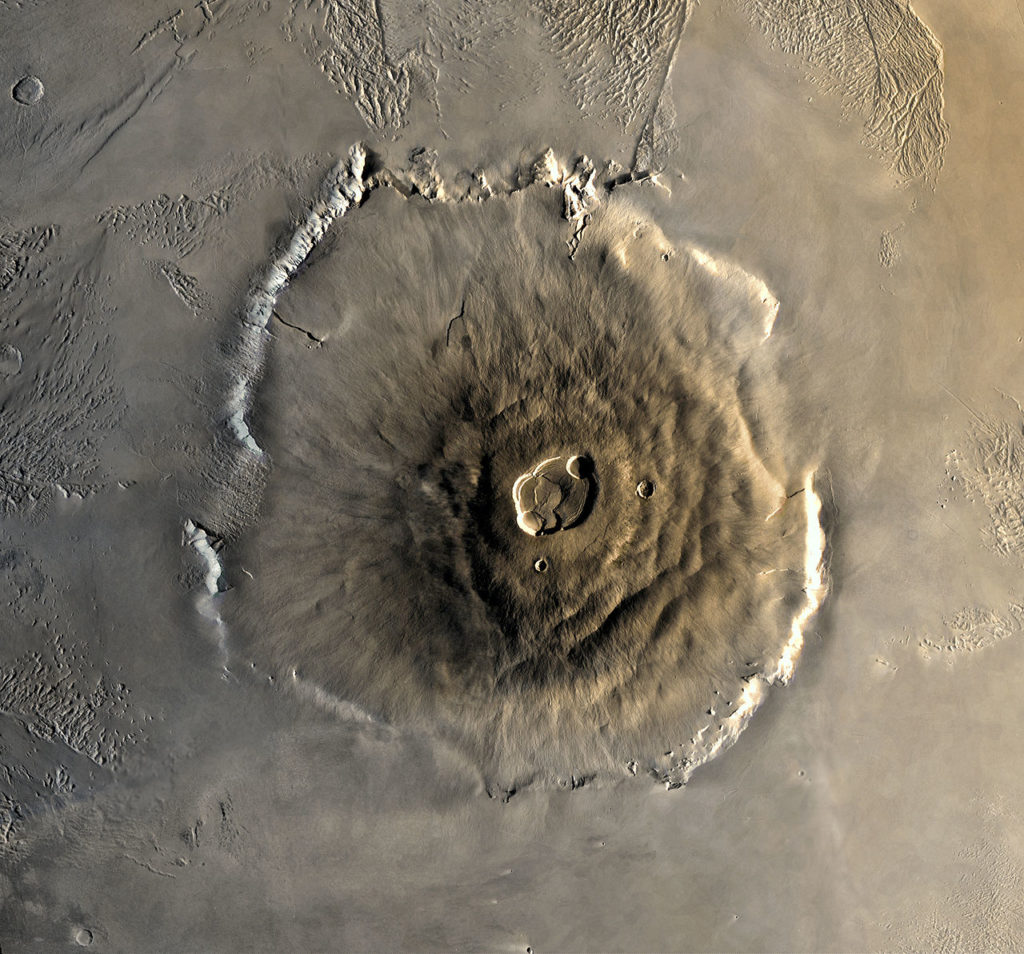
If you’re planning a trip to Mars, Olympus Mons is undoubtedly at the top of your list (get it?). Lying along the Tharsis Bulge, a volcanic plateau, Mars’ volcano rises over 18km higher than Mount Everest, at a towering height of 27km. Olympus Mons is not only imposing in height, but also in diameter, covering 600km from one side to the other.
Negotiating the size of Olympus Mons

Despite the staggering size of Olympus Mons in both height and width, do not be discouraged, the average slope increase is a meager 5%. This somewhat surprising fact for an area that at first seems uninhabitable, can be explained by Olympus Mons’ profile as a shield volcano.
Shield volcanoes are characterised by a broad dome shape with gently sloping sides which typically occurs from low viscosity lava flows. Over millions and millions of years, the fluid basaltic lava which erupts from vents or fissures on the surface of the volcano builds up to form the broad profile that we see with Olympus Mons.
So as long as your space boots can withstand the heat and slightly unstable grounding of a continuous lava flow, Olympus Mons can be considered a gentle stroll for the entire family.
Is Olympus Mons really worth the visit?
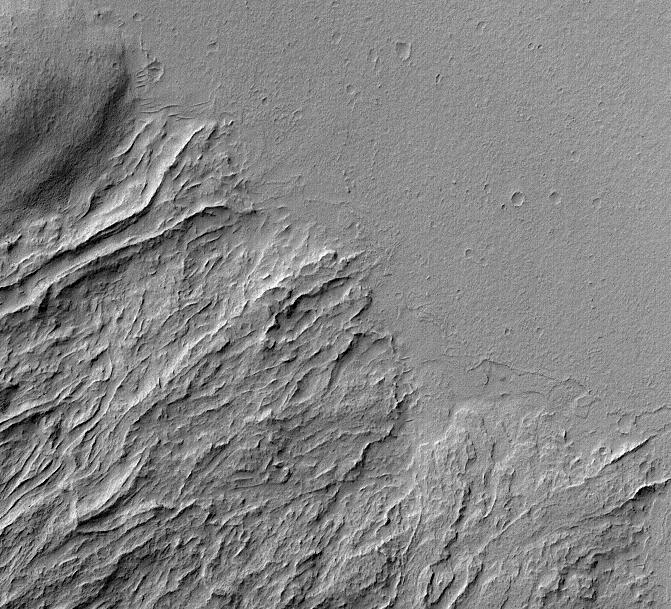
Okay, so Mars’ volcano is big, but would Hawaii’s Mauna Loa not be a sufficient substitute? Well, according to scientists, the differences can be linked back to fundamental disparities between the structure of the Earth compared to Mars.
The red planet has a significantly lower surface gravity as well as much higher eruption rates. This enables lava to continue building and building way beyond what Earth’s boringly pleasant atmosphere would allow.
The organisation and characteristics of tectonic plates on the two planets is also thought to play a critical role in the creation of a volcano so radically different from anything you could find on Earth.
On Earth, the tectonic plates have always moved at a very slow yet constant rate. This means that when the Pacific Plate moved over a hot spot 4.5 million years ago, multiple eruptions occurred at different geographical points, thus creating the Hawaiian Islands.
On Mars, however, tectonic plate movement is very limited. When lava flows from a hot spot onto the surface, it does so in a single spot, causing a slow, steady but relentless build-up of extrusive igneous rock.
Olympus Mons may just be a big pile of rock, but it is a pile of rock you can’t find anywhere else in the known universe.
Why not visit Valles Marineris while you’re there?
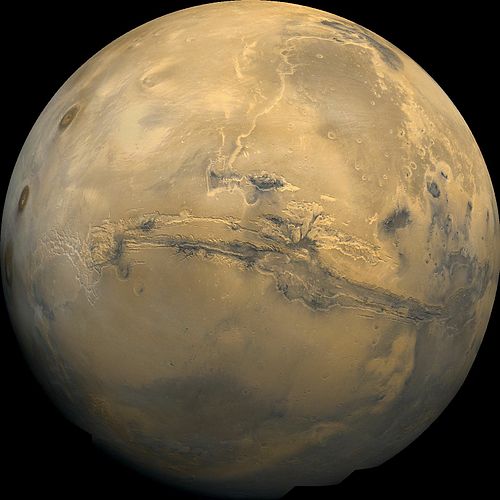
Located near the Martian equator, Olympus Mons offers the perfect base for visiting some of Mars’ other top attractions. From the highest peak to the deepest canyon, extend your trip by taking a peer down the nearby Valles Marineris before returning to the Mothership.
At a size greater than Earth’s North American continent and 7km deep, the ascent will prove considerably more difficult than that of Olympus Mons. So please, after the dazzling heights and dizzying views of the volcano, don’t let a 3.5 billion year old crack have the better of you!
Make the discovery and settle the red planet
In terraforming times, we may be well beyond the dreams of the Italian astronomer, Giovanni Virginio Schiaparelli. Schiaparelli first noticed the sizeable mass on Mars’ surface in the second half of the nineteenth century. But Olympus Mons still waits to be settled.
Be careful though — Mars has not yet been pronounced volcanically dead, and our closest neighbour might be as easy to terraform as the frozen water poles would suggest.
